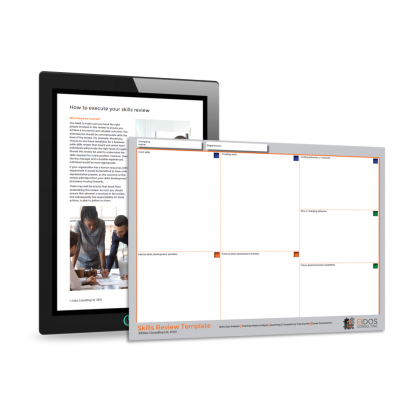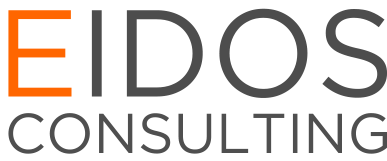Recruitment is an activity fraught with worry and opportunity in equal measure. It is an exciting time for any business – a time where you can introduce another member to your business that brings with them the right skills, enthusiasm and new ideas to help your business grow and achieve. It can also be an expensive venture; with the lack of skilled persons in the marketplace, finding the right candidate takes time and perseverance. So when you do get candidates come across your desk that you want to invite to interview, how do you know which one will be right for your business? If you’re lucky, more than one candidate could be suitable for the role, so what are the considerations when choosing between them?
‘successful recruitment does not finish when the individual becomes an employee…’
Of course there are a number of considerations that go into who you hire for the role, (not least their qualifications and experience, how they interview and the cultural fit with your business), but the recruitment process as a whole should be viewed as a much wider activity. One could argue that a successful recruitment does not finish when the individual becomes an employee, but the process continues until they are consistently demonstrating your ways of working, meeting your quality levels and have fully integrated into their team. This means that induction and ongoing development should be a focus of your overall recruitment process.
To give a practical view of this thought process, let us consider these three candidates, and how you could structure your overall strategy should each be successful at the interview stage;
Candidate No.1
Many years’ experience within the industry, having spent their whole working life with one company. A skilled practitioner with the right qualifications for the role, can ‘hit the ground running’ as soon as they start
Approach: This candidate may come across as the ideal candidate on paper; qualified, experienced and loyal, but they will not be without need for development. The induction should focus on your company culture, (as they will know no other that that of their previous company) and what you expect of them in your organisation. The ongoing development will be less about developing a skillset, but more on embedding your culture and ways of working, so more regular 1-to-1’s with line management will be beneficial.
Candidate No. 2
Many years’ experience in the industry, having worked for a good number of employers previously. Not as well qualified as candidate no.1, but has the experience of holding a number of jobs relevant to the role to which you are recruiting
Approach: This candidate will bring with them a wealth of experience, so much like candidate no. 1 you will have to focus on your company culture through induction and the early part of employment. Having a defined development programme for this candidate will help to keep them engaged and promote loyalty to your company. Regular 1-to-1’s to review their progress within their role and skills development programme (i.e., how they are progressing with recognised qualification programmes they are enrolled on) should be put in place.
Candidate No.3
Lacks experience but is very keen to learn and develop their career. Is looking to bring their enthusiasm and creativity to the role and places their own self-development as a high priority
Approach: This candidate will need a more focused skills development plan than the other candidates. Ensure that the candidate maintains their eagerness by putting in place a well defined and stretching development plan. This candidate will also benefit from developing their industry and business knowledge, so including these areas in their early development will keep them engaged and promote their eagerness and creativity. Although their recruitment and development will be over a longer term, (and therefore more costly, perhaps), if done correctly you will have added a skilled and enthusiastic member to your organisation.
Any of these candidates could work for your business; it just depends on your appetite for skills development and how long (and how much) you are willing to dedicate to them before you consider them an embedded member of staff. What this does highlight is that however you position your recruitment, you should not view it in isolation. Instead, view the recruitment process in its entirety from placing the job advert, through employment offer, induction and through to in-role development. Although this may be a daunting prospect for some, it will help ensure that you are successful in recruiting the right employee and retaining them as they develop into a skilled and enthusiastic staff member, meaning that over time you will realise a return on the investment you made into their recruitment. Viewing recruitment in its wider form will also give you greater control over the whole thing, focus your business on how you develop your workforce and may well open up a wider pool for you to recruit from in future.

Need to review the skills needs of your business?
Request a workforce skills review workshop to build an understanding of the skills requirements in your business and how these requirements are currently being met.
Find out more about skills review workshops